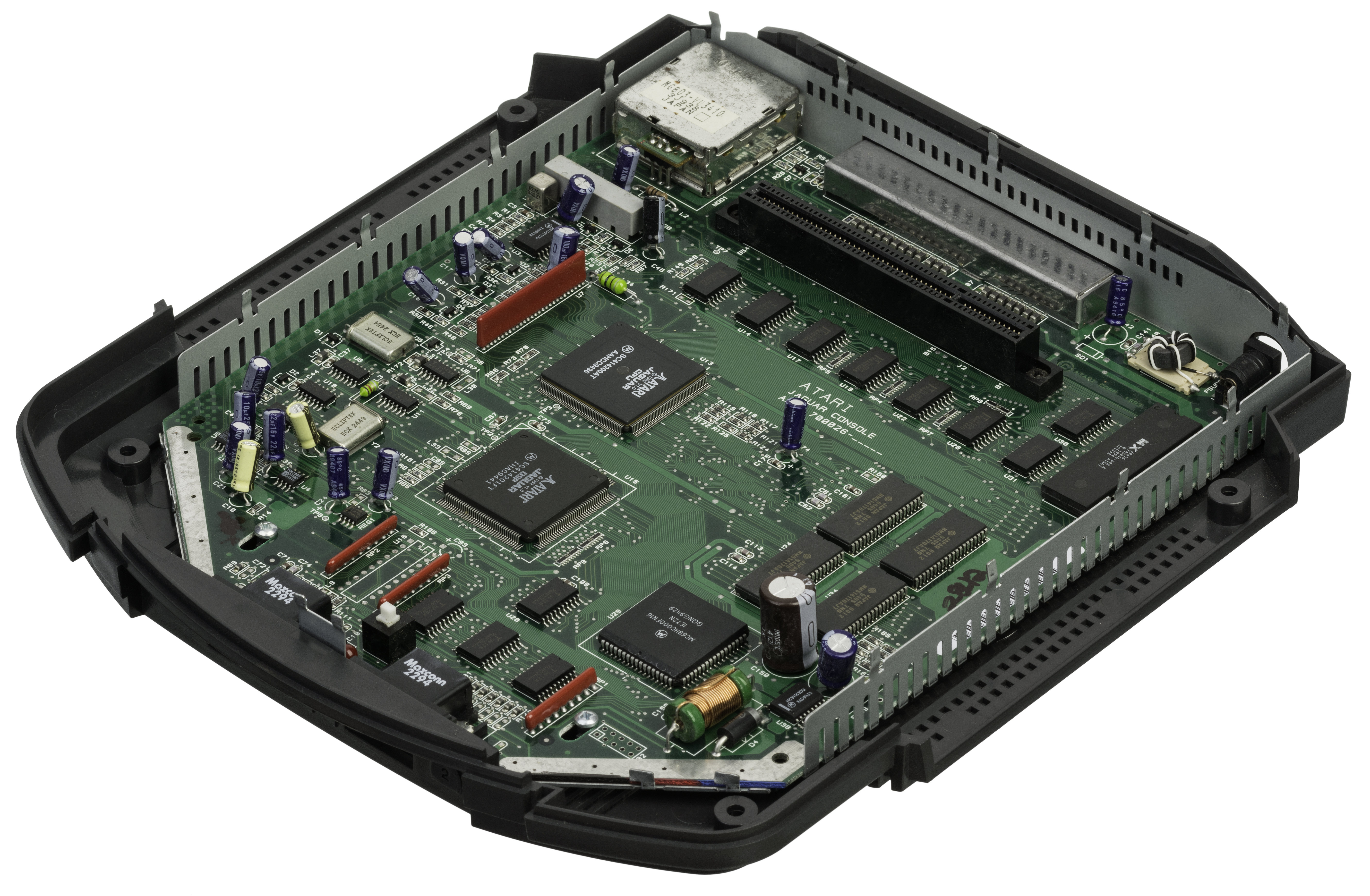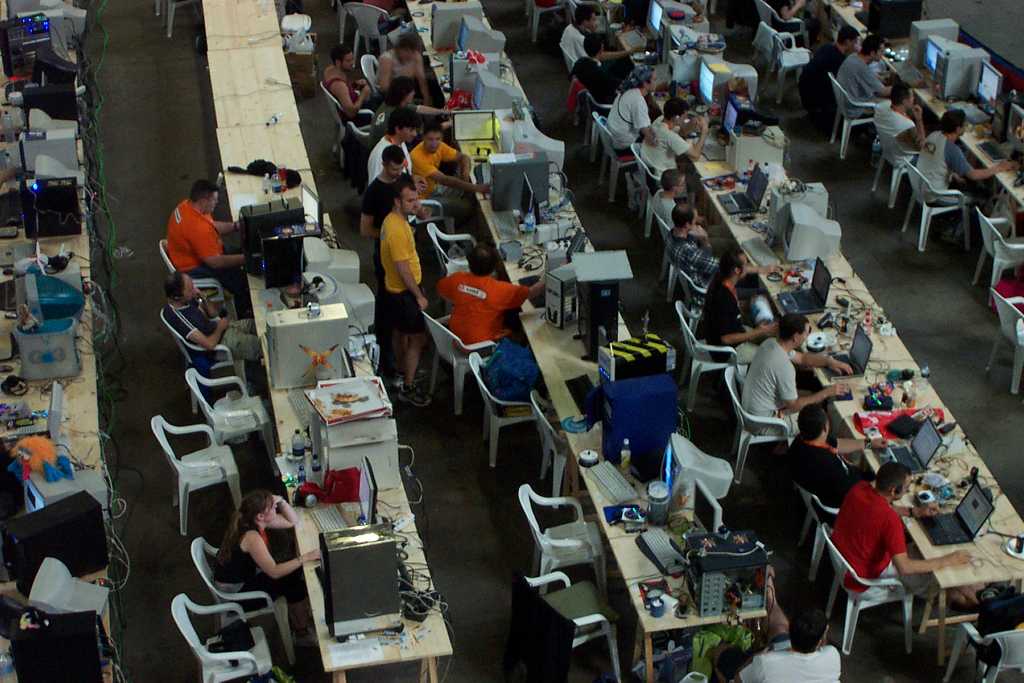|
BattleSphere
''BattleSphere'' is a First-person (video games), first-person Space flight simulation game#Space combat game, space combat simulation video game originally developed by 4Play and published by ScatoLOGIC exclusively for the Atari Jaguar on February 29, 2000. Taking place in the future where seven races have colonized and destroyed multiple planets due to their actions, the leaders of each race send their best pilots into an inclosed region of space called BattleSphere to either gain privilege of occupy the remaining habitable stars or return to their original dying planets. Originally conceived in 1993 before the Jaguar was officially released to the market, ''BattleSphere'' is heavily influenced by multiple science fiction works and video games, most notably ''Star Raiders''. Initially released in 2000, a second version of the game was released in 2002 under the title ''BattleSphere Gold'', which added new features and improvements compared to the original version and in 2006 a t ... [...More Info...] [...Related Items...] OR: [Wikipedia] [Google] [Baidu] |
Star Raiders
''Star Raiders'' is a first-person space combat simulator for the Atari 8-bit family of computers. It was written by Doug Neubauer, an Atari employee, and released as a cartridge by Atari in March 1980. The game is considered the platform's killer app. It was later ported to the Atari 2600, Atari 5200, and Atari ST. The game simulates 3D space combat between the player's ship and an invading fleet of alien "Zylon" vessels. ''Star Raiders'' was distinctive for its graphics, which, in addition to various map and long range scan views, provided forward and aft first-person views, with movement conveyed by a streaming 3D starfield as the player engaged enemy spacecraft. While there had already been target-shooting games using the first-person perspective (including 1978's '' Cosmic Conflict''), ''Star Raiders'' had considerably higher quality visuals and more complex gameplay. It inspired imitators throughout the 1980s as well as later-generation space combat simulation games incl ... [...More Info...] [...Related Items...] OR: [Wikipedia] [Google] [Baidu] |
Atari Jaguar
The Atari Jaguar is a home video game console developed by Atari Corporation and released in North America in November 1993. Part of the fifth generation of video game consoles, it competed with the 16-bit Sega Genesis, the Super NES and the 32-bit 3DO Interactive Multiplayer that launched the same year. Powered by two custom 32-bit Tom and in addition to a Motorola 68000, Atari marketed it as the world's first 64-bit game system, emphasizing its 64-bit bus used by the blitter. The Jaguar launched with '' Cybermorph'' as the pack-in game, which received divisive reviews. The system's library ultimately comprised only 50 licensed games. Development of the Atari Jaguar started in the early 1990s by Flare Technology, which focused on the system after cancellation of the Atari Panther console. The multi-chip architecture, hardware bugs, and poor tools made writing games for the Jaguar difficult. Underwhelming sales further eroded the console's third-party support. Atari atte ... [...More Info...] [...Related Items...] OR: [Wikipedia] [Google] [Baidu] |
Charitable Organization
A charitable organization or charity is an organization whose primary objectives are philanthropy and social well-being (e.g. educational, Religion, religious or other activities serving the public interest or common good). The legal definition of a charitable organization (and of charity) varies between countries and in some instances regions of the country. The Charity regulators, regulation, the tax treatment, and the way in which charity law affects charitable organizations also vary. Charitable organizations may not use any of their funds to profit individual persons or entities. (However, some charitable organizations have come under scrutiny for spending a disproportionate amount of their income to pay the salaries of their leadership). Financial figures (e.g. tax refund, revenue from fundraising, revenue from sale of goods and services or revenue from investment) are indicators to assess the financial sustainability of a charity, especially to charity evaluators. This ... [...More Info...] [...Related Items...] OR: [Wikipedia] [Google] [Baidu] |
Spawning
Spawn is the eggs and sperm released or deposited into water by aquatic animals. As a verb, ''to spawn'' refers to the process of releasing the eggs and sperm, and the act of both sexes is called spawning. Most aquatic animals, except for aquatic mammals and reptiles, reproduce through the process of spawning. Spawn consists of the reproductive cells (gametes) of many aquatic animals, some of which will become fertilized and produce offspring. The process of spawning typically involves females releasing ova (unfertilized eggs) into the water, often in large quantities, while males simultaneously or sequentially release spermatozoa (milt) to fertilize the eggs. Most fish reproduce by spawning, as do most other aquatic animals, including crustaceans such as crabs and shrimps, molluscs such as oysters and squid, echinoderms such as sea urchins and sea cucumbers, amphibians such as frogs and newts, aquatic insects such as mayflies and mosquitoes and corals, which are actually small ... [...More Info...] [...Related Items...] OR: [Wikipedia] [Google] [Baidu] |
Artificial Intelligence In Video Games
In video games, artificial intelligence (AI) is used to generate responsive, adaptive or intelligent behaviors primarily in non-player characters (NPCs) similar to human-like intelligence. Artificial intelligence has been an integral part of video games since their inception in the 1950s. AI in video games is a distinct subfield and differs from academic AI. It serves to improve the game-player experience rather than machine learning or decision making. During the golden age of arcade video games the idea of AI opponents was largely popularized in the form of graduated difficulty levels, distinct movement patterns, and in-game events dependent on the player's input. Modern games often implement existing techniques such as pathfinding and decision trees to guide the actions of NPCs. AI is often used in mechanisms which are not immediately visible to the user, such as data mining and procedural-content generation. In general, game AI does not, as might be thought and sometimes i ... [...More Info...] [...Related Items...] OR: [Wikipedia] [Google] [Baidu] |
Degree Of Difficulty
Degree of difficulty (DD, sometimes called tariff or grade) is a concept used in several sports and other competitions to indicate the technical difficulty of a skill, performance, or course, often as a factor in scoring. Sports which incorporate a degree of difficulty in scoring include bouldering, cross-country skiing, diving, equestrianism, figure skating, freestyle skiing, gymnastics, rhythmic gymnastics, surfing, synchronized swimming and trampoline. Degree of difficulty is typically intended to be an objective measure, in sports whose scoring may also rely on subjective judgments of performance. By sport Diving The International Swimming Federation computes the degree of difficulty of dives according to a five-part formula, incorporating height, number of somersaults and twists, positioning, approach, and entry. The total judges' score is multiplied by the dive's degree of difficulty to determine the total score. Figure skating In figure skating, each jump element is as ... [...More Info...] [...Related Items...] OR: [Wikipedia] [Google] [Baidu] |
Galaxy
A galaxy is a system of stars, stellar remnants, interstellar gas, dust, dark matter, bound together by gravity. The word is derived from the Greek ' (), literally 'milky', a reference to the Milky Way galaxy that contains the Solar System. Galaxies, averaging an estimated 100 million stars, range in size from dwarfs with less than a hundred million stars, to the largest galaxies known – supergiants with one hundred trillion stars, each orbiting its galaxy's center of mass. Most of the mass in a typical galaxy is in the form of dark matter, with only a few percent of that mass visible in the form of stars and nebulae. Supermassive black holes are a common feature at the centres of galaxies. Galaxies are categorized according to their visual morphology as elliptical, spiral, or irregular. Many are thought to have supermassive black holes at their centers. The Milky Way's central black hole, known as Sagittarius A*, has a mass four million times greater than the Sun. As o ... [...More Info...] [...Related Items...] OR: [Wikipedia] [Google] [Baidu] |
First-person Shooter
First-person shooter (FPS) is a sub-genre of shooter video games centered on gun and other weapon-based combat in a first-person perspective, with the player experiencing the action through the eyes of the protagonist and controlling the player character in a three-dimensional space. The genre shares common traits with other shooter games, and in turn falls under the action game genre. Since the genre's inception, advanced 3D and pseudo-3D graphics have challenged hardware development, and multiplayer gaming has been integral. The first-person shooter genre has been traced back to ''Wolfenstein 3D'' (1992), which has been credited with creating the genre's basic archetype upon which subsequent titles were based. One such title, and the progenitor of the genre's wider mainstream acceptance and popularity, was ''Doom'' (1993), often considered the most influential game in this genre; for some years, the term ''Doom'' clone was used to designate this genre due to ''Doom''s i ... [...More Info...] [...Related Items...] OR: [Wikipedia] [Google] [Baidu] |
Future US
Future US, Inc. (formerly known as Imagine Media and The Future Network USA) is an American media corporation specializing in targeted magazines and websites in the video games, music, and technology markets. Headquartered in New York City, the corporation has offices in: Alexandria, Virginia; Minneapolis, Minnesota; and Washington, D.C. Future US is owned by parent company, Future plc, a specialist media company based in Bath, Somerset, England. History The company was established when Future plc acquired struggling Greensboro ( N.C.) video game magazine publisher GP Publications, publisher of ''Game Players'' magazine, in 1994. The company launched a number of titles including ''PC Gamer'', and relocated from North Carolina to the San Francisco Bay Area, occupying various properties in Burlingame and South San Francisco. When Chris Anderson, the founder of Future plc, sold Future to Pearson plc he retained GP, renamed Imagine Media, Inc. in June 1995, and operated it as h ... [...More Info...] [...Related Items...] OR: [Wikipedia] [Google] [Baidu] |
Retro Gamer
''Retro Gamer'' is a British magazine, published worldwide, covering retro video games. It was the first commercial magazine to be devoted entirely to the subject. Launched in January 2004 as a quarterly publication, ''Retro Gamer'' soon became a monthly. In 2005, a general decline in gaming and computer magazine readership led to the closure of its publishers, Live Publishing, and the rights to the magazine were later purchased by Imagine Publishing. It was taken over by Future plc on 21 October 2016, following Future's acquisition of Imagine Publishing. History The first 18 issues of the magazine came with a coverdisk. It usually contained freeware remakes of retro video games and emulators, but also videos and free commercial PC software such as ''The Games Factory'' and '' The Elder Scrolls: Arena''. Some issues had themed CDs containing the entire back catalogue of a publisher such as Durell, Llamasoft and Gremlin Graphics. On 27 September 2005, the magazine's original p ... [...More Info...] [...Related Items...] OR: [Wikipedia] [Google] [Baidu] |
Next Generation (magazine)
''Next Generation'' was a video game magazine that was published by Imagine Media (now Future US). It was affiliated to and shared editorial with the UK's ''Edge'' magazine. ''Next Generation'' ran from January 1995 until January 2002. It was published by Jonathan Simpson-Bint and edited by Neil West. Other editors included Chris Charla, Tom Russo, and Blake Fischer. ''Next Generation'' initially covered the 32-bit consoles including 3DO, Atari Jaguar, and the then-still unreleased Sony PlayStation and Sega Saturn. Unlike competitors ''GamePro'' and ''Electronic Gaming Monthly'', the magazine was directed towards a different readership by focusing on the industry itself rather than individual games. Publication history The magazine was first published by GP Publications up until May 1995 when the publisher rebranded as Imagine Media. In September 1999, ''Next Generation'' was redesigned, its cover name shortened to simply ''NextGen''. This would start what was known as "Lif ... [...More Info...] [...Related Items...] OR: [Wikipedia] [Google] [Baidu] |






